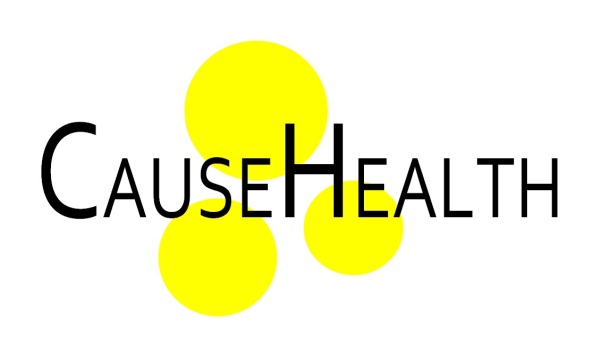
Author Anna Luise Kirkengen
(#2 of the Whole Person reflections series)
What if one would weave a text by means of threads coloured by the recent topics of the on-going CauseHealth project. One thread would be causality, and how it is understood and applied in current biomedicine. Another would be ontology in the sense of how a human being and the human body is conceptualised in medicine and how this concept underpins the Western health care systems. A third thread would be methodology, and how the predominant methods for knowledge production, group based, randomised trials often including thousands of patients, might be radically challenged by the concept of N=1. A fourth thread would be stories in the sense of biographies before a person fell ill, and stories in the sense of testimonies of being ill – and how these have been systematically avoided as possible source of contamination in medical knowledge production. A fifth thread would then be knowledge condensates as these have grown both in number and normativity in the shape of clinical guidelines in all medical specialties during the latest years. Together, these threads can form quite different pictures, dependent on the frame applied.
Some years ago, a young, diseased and gradually disabled woman has been depicted in the interface between to ways of understanding the human body and approaching human sickness. Her “case” and her “story” – in a biological and biographical sense, respectively, contain all the aforementioned threads, yet in different colours. Her “case/story” appears different depending on the ontology, epistemology, causality, methodology or method applied. The outcome, however, disqualifies one of these paradigms.
For many years, Katherine Kaplan had been in specialist care due to a long sequence of diseases deemed as separate, different in origin and, consequently, requesting different types of approach. She had been frequently hospitalised with a variety of serious health problems since her late teens. She had encountered physicians in many medical specialties due to what was diagnosed as different diseases in various organ systems. She had been delayed in her studies due to these frequent periods of sickness and was, when finally reaching her graduation, completely incapacitated by chronic states of bad health which could not be responded to with specific treatments any more. Years of medical investment on specialist level were terminated with a referral to a General Practitioner.
In order to understand this disabling process, an analysis of the prevailing concepts of the human body, of diseases, and of medical causality needs to be performed.
When contrasting the “case” depicted above with a biographical account grounded in the “story”, a different picture emerges. Katherine Kaplan, the third child of a highly educated and resourceful couple, had been maltreated by both her parents but mostly by her elder brother from early childhood through adolescence and while she was a student of medicine at a Norwegian university. Her parents, defining their abusive acts as deserved punishment, had never realised that their daughter suffered grave and frequent maltreatment by the hands of their son. The on-going threat, embodied as toxic stress in Katherine, increasingly compromised her health preserving systems to the point of breakdown by the time of her graduation.
Medical ignorance to Katherine’s biography, her “story”, and the discipline’s belief in a body of knowledge based on fragmentation and linear causation informed a process of chronification due to adherence to medical guidelines. These were inappropriate means for comprehending and responding adequately to the complexity of Katherine’s lifeworld and lived body and the particularity of destructive lifetime experiences.
The whole story of Katherine can be found in the paper Inscriptions of violence: Societal and medical neglect of child abuse – impact on life and health.
Further reading
Kirkengen, Anna Luise (2017) ‘Creating chronicity‘, Journal of Evaluation in Clinical Practice, 23(5): 1071–1074.

